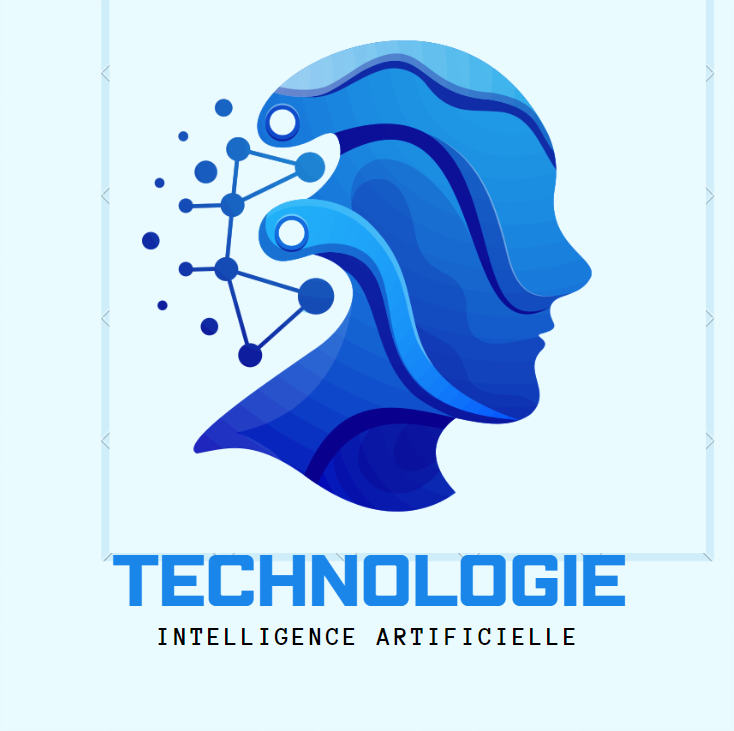transfer learning
Transfer learning is a machine learning technique that allows a model trained on one task to be re-purposed or fine-tuned for a second related task. This approach is particularly useful when you have a small dataset for your target task, as it allows you to benefit from the knowledge learned during the training of the original model on a larger dataset.
 |
| transfer learning-research methods for transferring acquired knowledge from a task |
By doing so, transfer learning can significantly improve the performance of the model on the target task while reducing the need for a large amount of labeled data.
What is a transfer lerning methods?
There are several transfer learning methods, but one common approach is called "fine-tuning."
In fine-tuning, you start with a pre-trained model, typically trained on a large dataset like ImageNet for image classification tasks or BERT for natural language processing tasks. Then, you modify the model's architecture slightly and retrain it on your smaller, task-specific dataset.
the idea is that the pre-trained model has already learned useful features from the original dataset, and by fine-tuning it on your specific task, you can adapt those features to your new dataset. This often leads to faster training and better performance than training a model from scratch.
In fine-tuning, you start with a pre-trained model, typically trained on a large dataset like ImageNet for image classification tasks or BERT for natural language processing tasks. Then, you modify the model's architecture slightly and retrain it on your smaller, task-specific dataset.
the idea is that the pre-trained model has already learned useful features from the original dataset, and by fine-tuning it on your specific task, you can adapt those features to your new dataset. This often leads to faster training and better performance than training a model from scratch.
What is the difference between multitask learning and transfert learning?
Multitask learning and transfer learning are both techniques used in machine learning, but they differ in their approach and objective.
- Multitask Learning:
- In multitask learning, a single model is trained on multiple related tasks simultaneously.
- The model learns to perform all tasks at once, sharing information between tasks to improve performance on each individual task.
- The goal is to leverage the commonalities between tasks to improve the model's overall performance on each task.
- Transfer Learning:
- In transfer learning, a model trained on one task (the source task) is fine-tuned or adapted for a different but related task (the target task).
- The pre-trained model has learned generic features from a large dataset, and these features are transferred and fine-tuned for the target task.
- The goal is to use the knowledge gained from the source task to improve the performance of the model on the target task, especially when the target task has a limited amount of labeled data.
In summary, while multitask learning aims to improve the performance of a model on multiple related tasks simultaneously, transfer learning focuses on improving the performance of a model on a single target task by leveraging knowledge from a related source task.
Transfert learning examples?
here are a few examples of transfer learning:
- Image Classification:A pre-trained Convolutional Neural Network (CNN), such as VGG, ResNet, or Inception, trained on a large dataset like ImageNet, can be fine-tuned for a specific image classification task, such as classifying dogs and cats.
- Natural Language Processing (NLP): Pre-trained language models like BERT, GPT, or RoBERTa, trained on large text corpora, can be fine-tuned for various NLP tasks such as sentiment analysis, text classification, or named entity recognition.
- Medical Imaging: A CNN pre-trained on a large dataset of natural images (e.g., ImageNet) can be fine-tuned for medical image analysis tasks such as tumor detection or organ segmentation.
- Recommendation Systems: A collaborative filtering model pre-trained on a large dataset of user-item interactions can be fine-tuned for a specific recommendation task in a different domain, such as movie recommendations or product recommendations.
In each of these examples, the pre-trained model has learned generic features from a large dataset, and these features are transferred and fine-tuned for the specific task at hand, leading to improved performance, especially when the target task has limited labeled data.
What is the framework for understanding transfer learning?
Understanding transfer learning involves several key concepts and steps:
- Selecting a Pre-trained Model: Choose a pre-trained model that was trained on a large, general dataset. Common choices include models like VGG, ResNet, Inception for image-related tasks, and BERT, GPT, or RoBERTa for NLP tasks.
- Choosing Layers for Transfer:Decide which layers of the pre-trained model to transfer to the new task. These layers can be frozen (not trained) or fine-tuned with the new data.
- Adapting the Model Architecture: Modify the pre-trained model architecture to fit the new task. This may involve adding or removing layers, adjusting the output layer, or changing activation functions.
- Data Preparation:Prepare the new dataset. This may involve data preprocessing, augmentation, and splitting into training, validation, and test sets.
- Training the Model:Train the adapted model on the new dataset. Depending on the size of the new dataset and the complexity of the task, this may involve freezing some layers and fine-tuning others.
- Evaluation: Evaluate the performance of the model on the new task using appropriate metrics. Fine-tune the model further if necessary.
By following these steps, you can effectively apply transfer learning to your specific task and dataset.
Conclusion :Transfer learning is a powerful machine learning technique that leverages knowledge from one task to improve performance on a related task. By starting with a pre-trained model and fine-tuning it on a new dataset, we can achieve better results, especially when labeled data is limited. It's widely used across various domains, leading to faster training and improved model performance.
التسميات
Machine Learning
